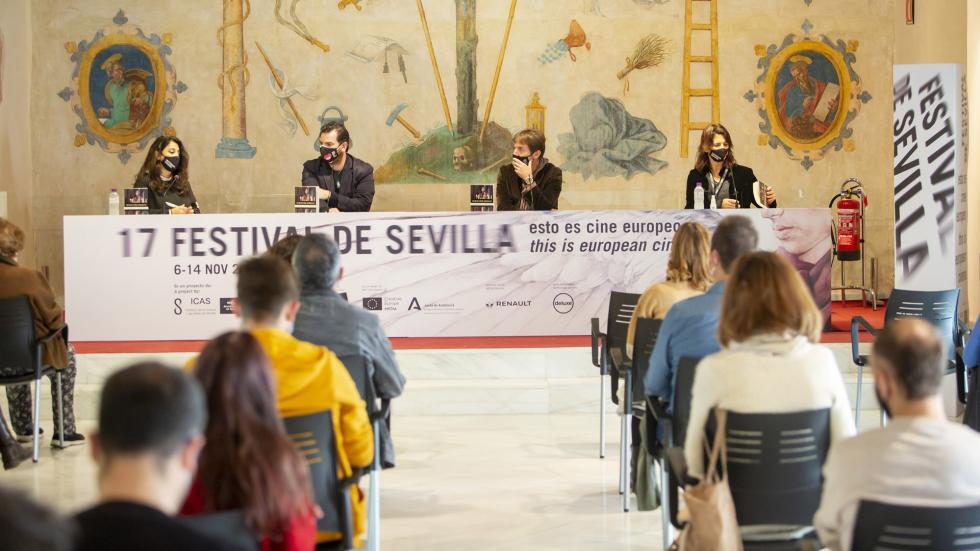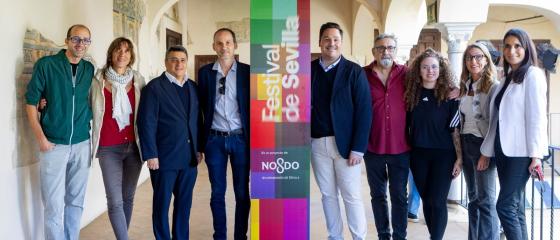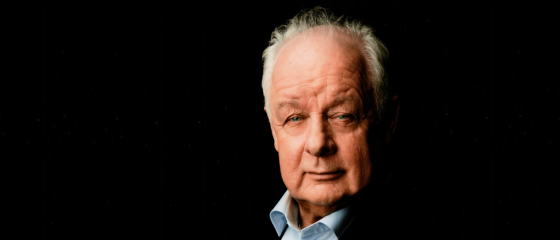Professor Manuel Blanco analyzes in a book the impact on the industry of the influential Grupo 7, Caníbal, La isla mínima, Techo y comida and El hombre de las mil caras
Antonio de la Torre, star of great recent Andalusian and Spanish film productions, participated in the presentation of the book, which took place at the Espacio Santa Clara
The book New Andalusian Cinema (Editorial Comunicación Social) by Professor Manuel Blanco, presented as part of the program of activities that complement the screenings at the 17th SEFF, features five proposals for Andalusian cinema that have reinterpreted the recent history of Andalusia. The author spoke together with the actor Antonio de la Torre at a table moderated by Marina Lanza, a member of the festival's team, and Lourdes Palacios, vice president of the Andalusian Film Academy.
The New Andalusian Cinema explores the impact of the reform of the film industry on the sector, focusing on the socio-political reconstruction of the incipient Spanish democracy in La isla mínima (Alberto Rodríguez, 2014), the internal structure of the coercive use of violence by the State during the democratic consolidation of Grupo 7 (Alberto Rodríguez, 2012) and El hombre de las mil caras (Alberto Rodríguez, 2016), the social consequences of fraudulent practices by the banks during the Spanish crisis of 2008 in Techo y comida (Juan Miguel del Castillo, 2015) and the recurring themes of forgiveness, sin, isolation and redemption in our society in Caníbal (Manuel Martín Cuenca, 2013).
During his intervention, Manuel Blanco (Seville, 1980) has emphasized the change in the concept of Andalusian cinema and how the five films he analyzes changed its history. In his opinion, "Andalusian stories have been silenced, but a redemption is taking place, so that the microcosm of the south is beginning to be properly addressed in cinema. Popular and human stories are filtering into the screen". In this way, according to the professor of the Faculty of Communication of Seville, "the cinema of Andalusia is a historical document and a way of understanding one another. The Andalusian people are beginning to explain themselves".
For his part, Antonio de la Torre (Málaga, 1968), the protagonist of three of the titles analyzed in the book -Grupo 7, Caníbal y La isla mínima-, has highlighted the need to strengthen Andalusian productions. In the words of the winner of two Goya Awards (and the performer who has accumulated the most nominations in the history of these awards, with a total of 14), Andalusian cinema begins with Padre Coraje, "a series recorded as cinema" and thanks to which for the first time he felt "that in Andalusia we can make dramatic Andalusian films. The interpreter considers that "in Spain and Andalusia, cinema is made in spite of the authorities" .
In addition, Lourdes Palacios, author of the book's prologue, underlined "how the cinema has been penetrating our land. At the beginning it was just an anecdote, but now it is international, as has been demonstrated by the election of La trinchera infinita by the Film Academy as a representative of the country at the Oscars". In the 80's, she recalled, "we didn't even make one film a year".
The event, developed in collaboration with Caótica bookstore, closed with one of Orson Welles' famous quotes dedicated to cinema and its relationship with this land: "It is impossible to make a good film without a camera that is like an eye in the heart of a poet. And here in this land, Andalusia, there is much heart and much poetry".







